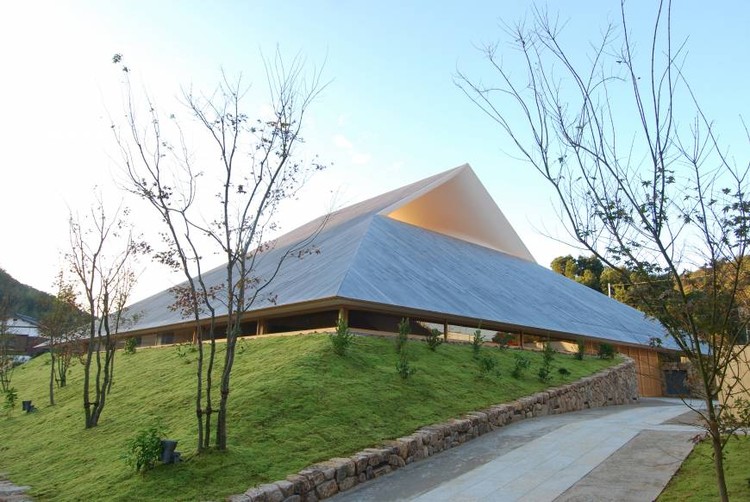
Our world revolves. Not just literally, as it does around the sun, but in nature’s every aspect. Seasons cycle into each other (though more erratically each year), waves trace and retrace the beaches with the shifting tide, flowers open, close, and turn to follow the path of the sun. Even we are governed by these circular natural systems. Maintenance of our circadian rhythms, a human connection to light, is so essential to our health that it is a required element in many contemporary building codes.
But despite the ubiquity of these natural rhythms, we spend much of our lives working in opposition to them. Buildings and the way we inhabit them particularly threaten this. We breathe in canned and stale air, work in deep floor plans that do not reach natural light, and keep waking hours out of sync with any natural calendar. Architecture may protect us from the unpleasant parts of nature, but it separates us from everything else, too.
If this seems inevitable, it’s simply because you are not looking closely enough. Hiroshi Sambuichi, an architect based in Hiroshima, Japan, has over the course of his career developed a portfolio of work distinctive not for form or ideation, but for its profound connection to context.



